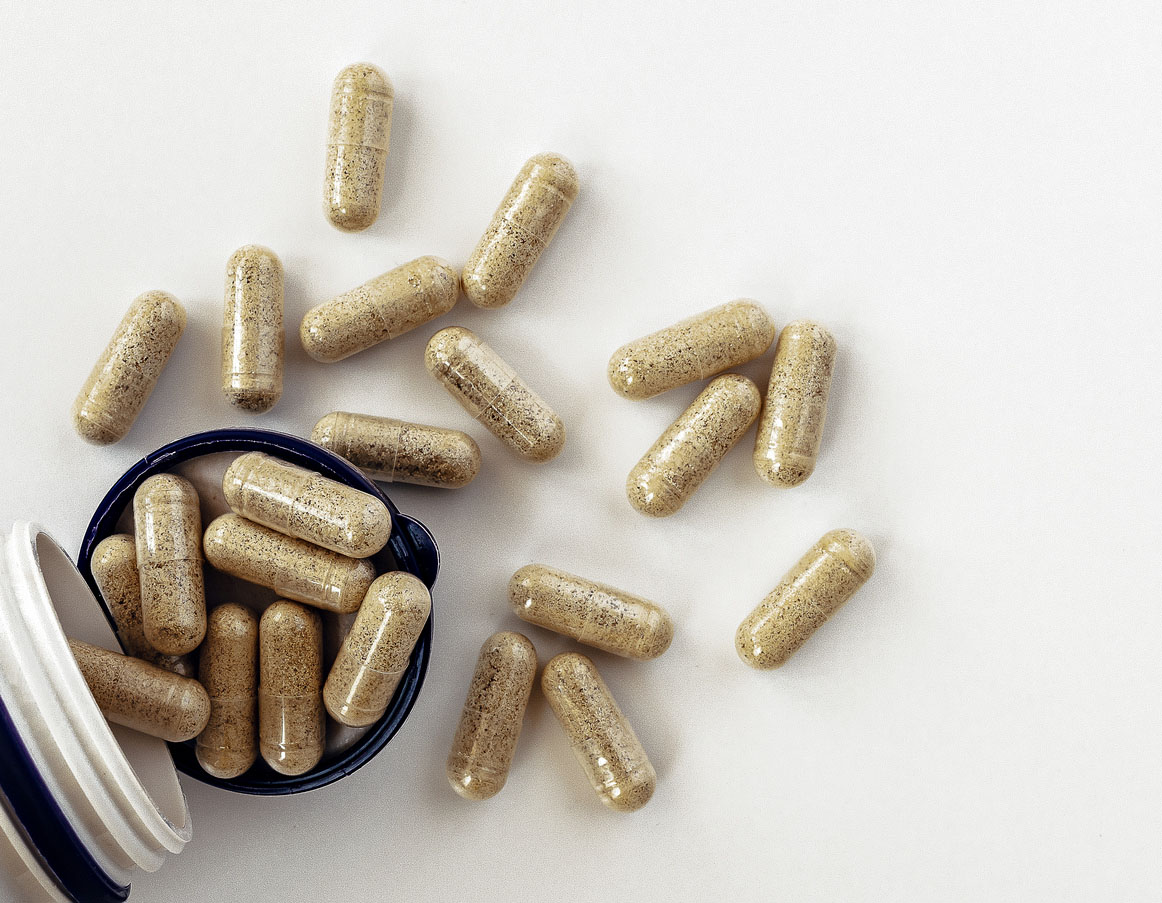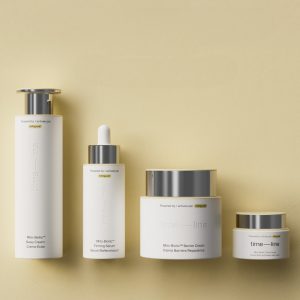Is there evidence that certain diet regimens or supplements enhance athletic performance? There’s an entire field—Sports Nutrition—that banks on that supposition. Are the claims for various muscle-building products legit?
A recent review by the International Society of Sports Nutrition (ISSN) attempts to shed light on the subject. Entitled “Exercise & sports nutrition review update: research & recommendations”, it’s a balanced and comprehensive overview, absent a few significant omissions that I’ll address later.
First of all, let’s posit, for the sake of simplicity, that there are four basic activity levels:
- Completely sedentary (which unfortunately comprises 25% of US adults).
- Moderate activity. This may entail walking and or casual recreational sport, gardening, or light housekeeping. This category falls short of the recommendation for adults that they engage in 150 minutes per week of moderate-intensity aerobic activity or 75 minutes per week of vigorous aerobic activity, or a combination of both, preferably spread throughout the week, adding moderate-to high-intensity muscle-strengthening activity (such as resistance or weights) on at least two days per week.
- Achieving and/or surpassing standard adult exercise goals stated above. This requires consistency, time commitment, and being out-of-breath/breaking a sweat; only 23% of US adults meet or exceed this threshold. I consider myself within this category.
- Elite athletes. Those engaged in competitive cycling, swimming, running, boxing/martial arts or body building that may entail workouts of up to three hours once or twice daily in preparation for endurance events. Think Tour de France cyclists, marathoners, or Iron Man triathletes whose nutritional demands may be extraordinary.
Of course, the unique demands of different sports disciplines may require tailored nutrition regimens, and requirements vary by age, sex, and ability.
Let’s stipulate right off that there’s scant evidence that sports supplements, protein drinks or bars, carbo-loading, or sugary electrolyte drinks play any role whatsoever for those in categories 1 and 2. If you’re walking your dog to the mailbox, there’s no need to slam a keto bar or chug Gatorade, that is unless you’re driving a team of Huskies on the 1000-mile Iditarod Trail Sled Dog Race.
Even protein supplements came up short in a recent trial of previously-sedentary individuals embarking on a program of short bursts of high-intensity exercise (LOW-HIIT).
On the other hand, it’s now recommended that older adults, especially, not skimp on protein in order to fend off sarcopenia, the age-related loss of lean body mass.
But, ISSN says, for higher-intensity exercisers—certainly group 4 and probably 3—added protein in the range of an additional 20-40 grams or more per day, depending on exercise loads, provides an advantage in maintaining and augmenting muscle mass:
“Research spanning the past 30 years has indicated that athletes engaged in intense training may benefit from ingesting about two times the RDA of protein in their diet (1.4–1.8 g/kg/d) to maintain protein balance. If an insufficient amount of protein is consumed, an athlete will develop and maintain a negative nitrogen balance, indicating protein catabolism and slow recovery. Over time, this may lead to muscle wasting, injuries, illness, and training intolerance.”
When it comes to carbs, limiting them in conjunction with exercise can prompt weight loss and improve insulin resistance and cardiometabolic fitness. But elite athletes and fit #3s at normal weight require carbs to meet their muscle glycogen requirements. I find that I don’t need to pound bars or sugary drinks for exercise bouts less than 90-120 minutes (I’ve spent long years training to exercise mornings in a fasted state). But, for longer feats like a triathlon or a 45+ mile bike ride, you’ll need to have some carbs before and during via your water bottle or a solid snack, or else you’ll bonk—go rubbery-legged when your reserves of muscle glycogen are depleted.
Just watch what Tour de France cyclists do—they’re constantly eating on the go during races that last hours and cover over a hundred miles daily of challenging terrain. They may consume up to 12,000 calories per day during a race! Note to reader: You’re not a TDF contestant!
Trouble is, many competitive sports place a premium on body weight. Cyclists pay thousands of dollars to fit their bikes with ultralight components to shave precious ounces off their rigs. For that reason, they and other performance-oriented athletes may skimp on calories to meet a weight goal. This leaves them “running on fumes” when their intake doesn’t meet caloric demands. For competitive women especially, the result may be Female Athletic Triad (ironically abbreviated FAT), with precipitous drops in hormones, loss of menstruation, predisposition to stress fractures and muscle injuries, and general debilitation.
There’s evidence that fat and animal protein may be conducive to high levels of training. Some studies indicate that ultra-low-fat diets can deplete testosterone; after all, cholesterol is a building block for sex steroid hormones. Omega-3 fatty acids, while not directly contributing to performance, have an anti-inflammatory effect, and may expedite recovery. On the other hand, don’t take in a lot of fat before or during an event; it’ll delay gastric emptying, preventing your muscles from getting the fuel they need.
When it comes to familiar A-Z vitamin and mineral supplements, there’s not a lot of evidence that they augment performance; on the other hand, deficiencies of critical nutrients can undermine repair and immunity when energy demands and repetitive stress reach high levels. For example, additional vitamin C curbs the tendency of marathoners to come down with post-race upper respiratory infections; there’s a hint vitamin D might help muscular strength and cardiovascular capacity; athletes deficient in D may be predisposed to stress fractures; and magnesium is an electrolyte whose loss in perspiration can lead to muscle weakness and cramps.
After a thorough review of studies the ISSN did not find conclusive evidence for the efficacy of the following oft-touted over-the-counter sport supplements: agmatine, alpha-ketoglutarate and ornithine alpha-ketoglutarate, carnitine, ribose, arginine, citrulline, boron, chromium, CLA, MCT oil, aspartate, and zinc/magnesium aspartate (ZMA), fenugreek, gamma oryzanol, glutamine, so-called growth hormone releasers, vanadium, or tribulus.
On the other hand, ISSN found claims for ß-alanine, β-hydroxy β-methylbutyrate (HMB), caffeine, creatine and possibly branched-chain amino acids (BCAAs) to be at least partially warranted.
ISSN also gives credence to nitric oxide (NO) boosting nitrate supplements. A 2014 review states:
“There is reason to believe that enhancing NO bioavailability by augmenting the nitrate–nitrite–NO pathway may influence muscle function and exercise performance . . . dietary nitrate supplementation appears to represent a promising new approach for enhancing aspects of the physiological response to exercise, such as muscle efficiency and oxygenation, which might augment performance.”
Missing from ISSN’s analysis is Coenzyme Q10, for which substantial evidence attests to its ability to support mitochondrial energy production. A small study demonstrates it might enhance performance in both trained and untrained subjects, but more research is warranted.
There’s also Urolithin A, an extract of pomegranate, which a study in JAMA suggests might improve muscle strength and endurance in older individuals.
And, finally, there’s cocoa, whose ergogenic effects derive not merely from the trivial amounts of caffeine it delivers. There’s evidence that cocoa flavanols improve circulation and may speed recovery from muscle soreness. While controversy remains over whether chocolate can enhance performance, one study in the Journal of the International Society of Sports Nutrition, found that “after eating dark chocolate, riders used less oxygen when cycling at a moderate pace and also covered more distance in a two-minute flat-out time trial.”
Nutraingredients, a supplement trade publication, has just issued a warning about “dodgy ingredients” in sports supplements—mostly “natural” stimulants and hormone precursors. The evidence for their safety and efficacy is, at best, sketchy.
Resources:
- Berkeley Life offers a professional-grade nitrate supplement
- FlavaNaturals makes an assortment of high-flavanol cocoa products
- Nutrition and Enhanced Sports Performance: Muscle Building, Endurance, and Strength 2nd Edition is a comprehensive textbook on the subject
- Journal of the International Society of Sports Nutrition publishes all the latest research







